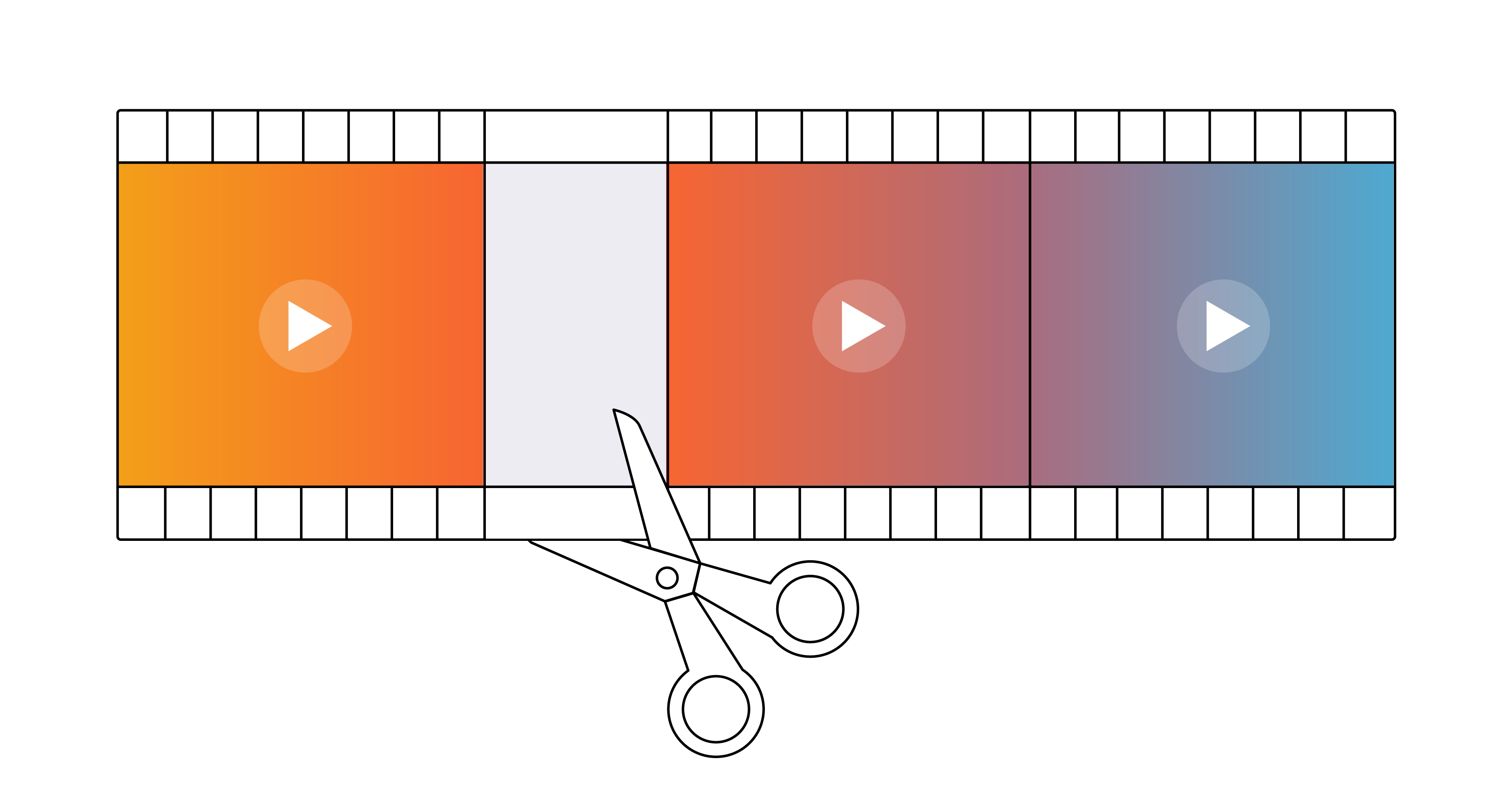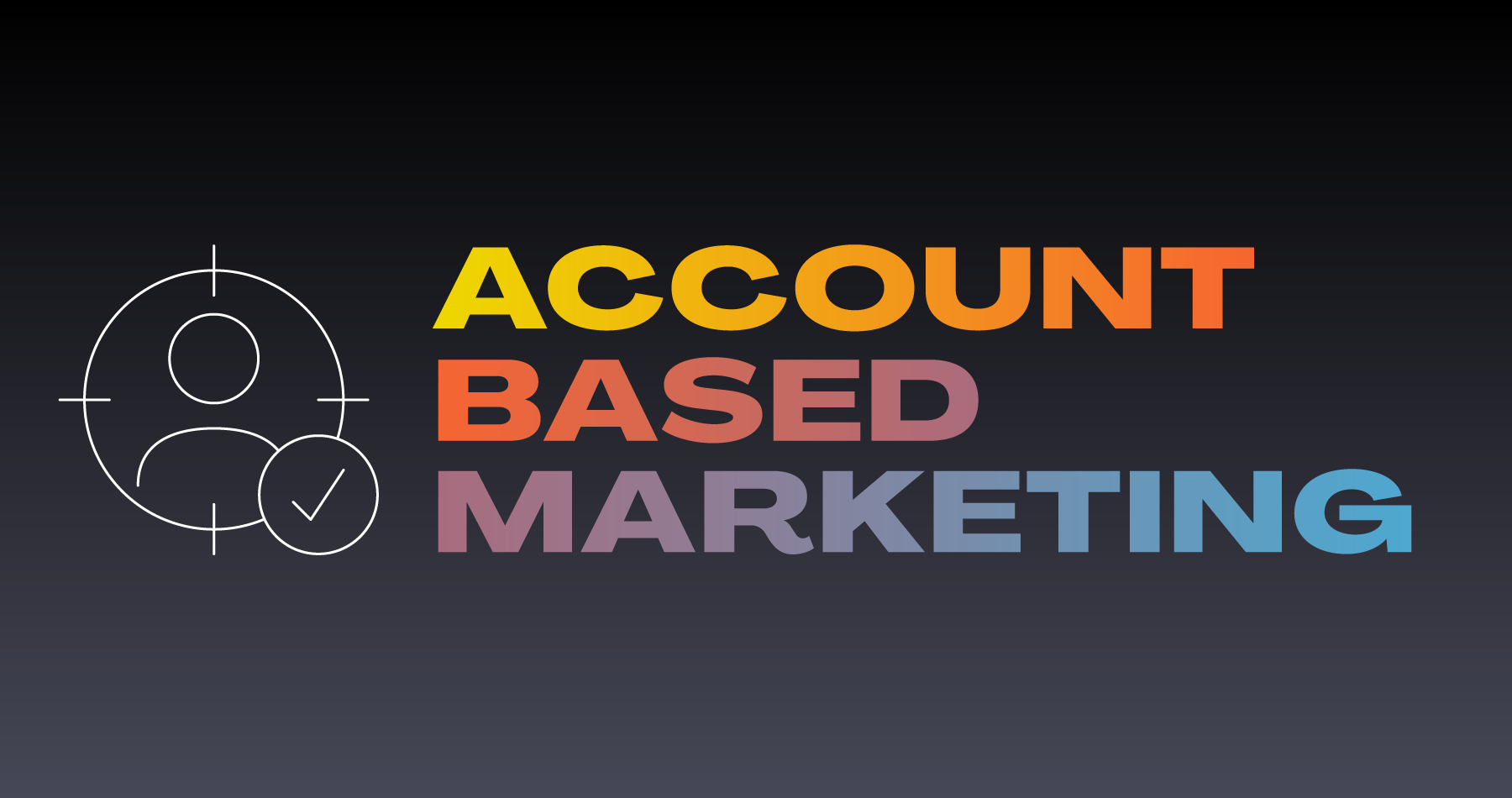How to Use Organic and Paid Social Video
Marketing

With 4.9 billion people on social media globally, it’s no wonder why social is one of the best tools to help you reach your audience. Most marketers’ concern now is how to best distribute content to their audience and what type of content will be most effective.
According to our research, video plays an outsize role in the purchase experiences of B2B buyers (95%) and consumers (85%). Video gets 50 times more organic rankings than plain-text results, and it generates 12 times more social engagement than text and images combined.
However, many companies are still figuring out how to scale their social video strategies. Managing video content is a big enough challenge on its own, but there’s also a fundamental misunderstanding of how to use video on social media.
Social Video Marketing
Too often, social media strategies take a “table scraps” approach to video marketing. Everything from product demos and livestreamed announcements to CTV ad campaigns and webinars gets cut into 15-second clips and posted with a link to the website.
To be clear, repurposing is a great way to get the most out of your video content. But it should not be your primary tactic. Social media is a distinct marketing channel, and as such, its video strategy will be different from your owned and paid media strategies.
Consider the following key differences between social media and other marketing channels.
- Social media can equate to earned media. While you “own” pages and can create “paid” campaigns, organic social doesn’t act like traditional owned or paid media. You “earn” audience trust, engagement, and loyalty based on your content strategy. This is a key tool for shaping public perception.
- Social audiences are rented audiences. Yes, you cultivate your own distinct followers rather than buying distribution lists. But you’re still renting space on another platform and are subject to its content guidelines and distribution algorithms. Having a big audience today doesn’t mean it will stay that way forever, and vice versa.
Certainly, owned media isn’t completely immune to service provider regulations (SEO penalties, spam filters, etc.). But web hosting and email providers aren’t invested in keeping users in-platform like social media is.
Social media’s biggest advantage in the marketing space is its massive reach. To maintain that reach and advantage, it has to prevent users from having a reason to leave. This is why Facebook and Instagram invested in social commerce, YouTube launched YouTube TV, and most platforms have in-app web browsers.
Thus, an effective social video strategy must play by the rules set by the respective social platforms. And those rules will be different for organic and paid social video.
Organic Social Video
Think of your organic social audience as your at-will, opted-in fans and followers. Whether they already knew your brand or discovered you through related topics and influencers, they’re on your page because they want to be. And like most social users, they won’t leave until they want to (or until and unless the platform lacks the features to retain them).
An organic social video strategy simply provides informative, in-platform content. The following strategies offer practical ways to apply this, depending on the social media outlet.
- Post full videos. Short clips without substance coupled with web links to the full video won’t engage organic fans. By following your page, they’ve already declared that they like your content, so don’t make it hard for them to get it. That said, there’s some truth to the notion that social audiences are typically less engaged than owned channels—primarily because there’s more noise and distractions. So post full videos already on the shorter side (<5 minutes), not 60-minute webinars.
- Post product videos. A common misconception about social media is that only cute or funny content, like cat videos, performs well. This has led some companies to create inane strategies, hoping that enough off-brand engagement will eventually drive conversions. However, consumers’ number one reason for following a brand on social is to stay informed about their new products or services. Bear in mind that you’ll risk not going viral this way, but you’re more likely to keep prospective customers engaged.
- Treat web links as appendices. Social audiences may be disinclined to leave the platform, but that doesn’t mean none of them will. Assuming your video content is informative and piques their interest, a link to a product page or blog can add welcome context. The key is to keep web links an optional part of the experience and let the user decide when they’re ready to engage more deeply.
Paid Social Video
When most people think of paid social, they think of display or banner ads on social media. This is ironic because social ad strategies often mirror organic social content. In truth, social ads operate similarly to other digital ads, which means their video strategy couldn’t be more different from organic social.
Unlike organic posts, which engage followers with rich content, social ads solicit action through brand awareness campaigns and offers. Users today are solicited incessantly, making it easy for them to spot ads and put up their guard. So it's best to be up-front with them and serve an ad worth their time.
The best type of advertisement will depend on the audience you’re targeting.
New Audiences and Lookalikes
If you want to reach new audiences that share similar interests with your followers, the best ads will focus on brand awareness or promotions.
For brand awareness, this means showing your product in action, but not in a TV commercial kind of way. Social users tend to multitask. They’ll probably have a TV on when they see your ads. They may not have the sound up. So brand ads on social don’t have the same luxury to craft a mood or tell a story.
Social brand ads are as pragmatic as you can get: show the product in action and demonstrate your unique value proposition (UVP). Pragmatism works for promotions as well. Show the product, and show the savings or discounts. Like the brand awareness ads, you don’t need excessive footage of your product being a product. Focus on the value or benefit you’re offering your customers.
Followers and Customers
From friends and family to influencers and advertisers, there’s no guarantee your followers will see your organic content. Targeting them with ads helps them stay up to date with a brand they like.
Similarly, existing customers on other channels may not know the latest about your brand. Uploading customer lists for social ads is just another way to reach them.
The best ads here will focus on exciting news and announcements: a new product or service, feature or accessory, location or partnership.
It’s worth noting that while new audiences need to see your products in action, current followers and customers may not. They already know your brand, so these ads can be simpler. For example, a simple motion graphic can be enough to catch their attention and alert them of your latest news.
Social Video Management
Because a good social media strategy uses unique content for organic and paid social, content management is essential. This is why many companies use social management tools like Hootsuite or Sprinklr.
Social video strategies also need video management. Product demos for organic audiences, product announcements for follower ads, and product promotions for new audience ads can easily get disorganized—especially across several social properties.
Using an online video platform (OVP) is the best way to manage the storage and performance of social videos. Not only does this keep your assets and analytics in one place, a good OVP like Brightcove can integrate with social tools like Sprinklr.
Sprinklr allows you to manage your content on multiple social platforms, and with Brightcove’s integration, you can manage video content within Sprinklr’s interface as well. All of your assets can stay neatly organized in Brightcove, but you can create a tag to auto-sync videos with Sprinklr.
Social video is an important part of a social media marketing strategy, but to be effective, it must be properly managed. The right tools will make these workflows easier, giving you more time to optimize your social reach and engagement.
This blog was originally written in 2016 and has been updated for accuracy and comprehensiveness.



